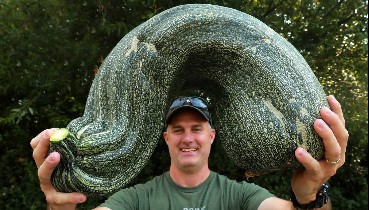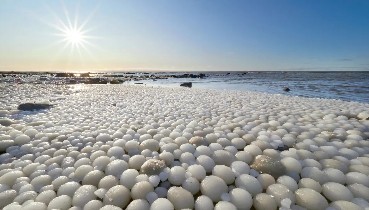
Amazing Nature
29 March 2024 ( 30 views )
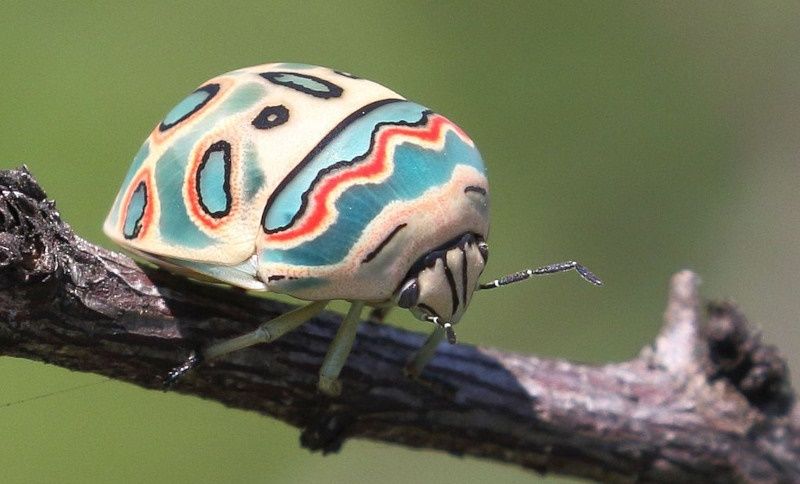
Advertisements
Picasso Bug aka Sphaerocoris annulus
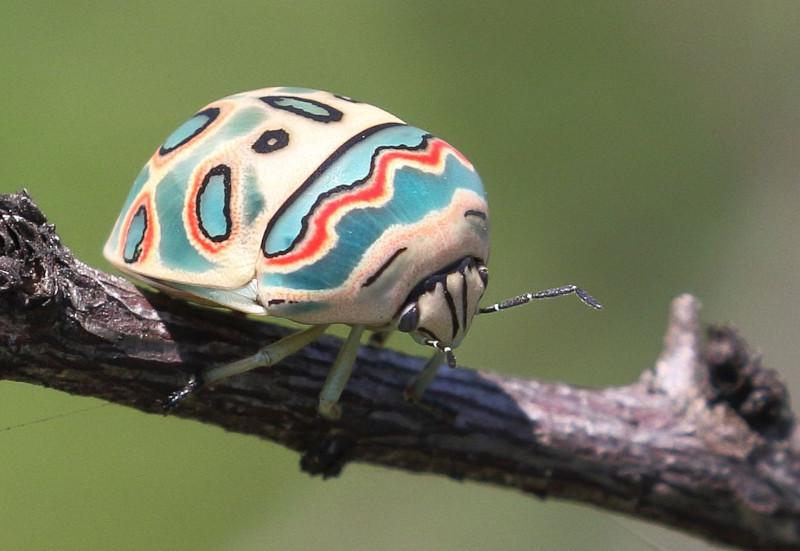 Photographer: Alandmanson
Photographer: Alandmanson
Picasso Bug Facts First of all, the highly descriptive term of Picasso Bug serves as one of the common names of a visually stunning variety of arthropod. However, this marvelous insect also goes by the alternate common name of the Zulu Hud Bug. But most professional researchers know the invertebrate best by the quite difficult to pronounce scientific name of Sphaerocoris annulus. However, regardless of the term one uses to refer to it, this marvel of Nature truly catches the eye. Further, it also constitutes one of the roughly 450 familiar species comprising a unique group of insects generally known as shield-backed bugs. Though sometimes considered to resemble a variety of beetle, it actually represents a true bug. Quite fortunately, for the moment, its numbers appear to be sufficient and stable. This fortunate fact extends throughout the entirety of its natural range. Due to this, the IUCN does not yet list the animal on its Red List of Threatened Species. Nonetheless, the lovely arthropod must be considered to be at some risk. Further, this sad situation holds true for several reasons. However, the two greatest threats to its existence likely consist of habitat loss and climate change.
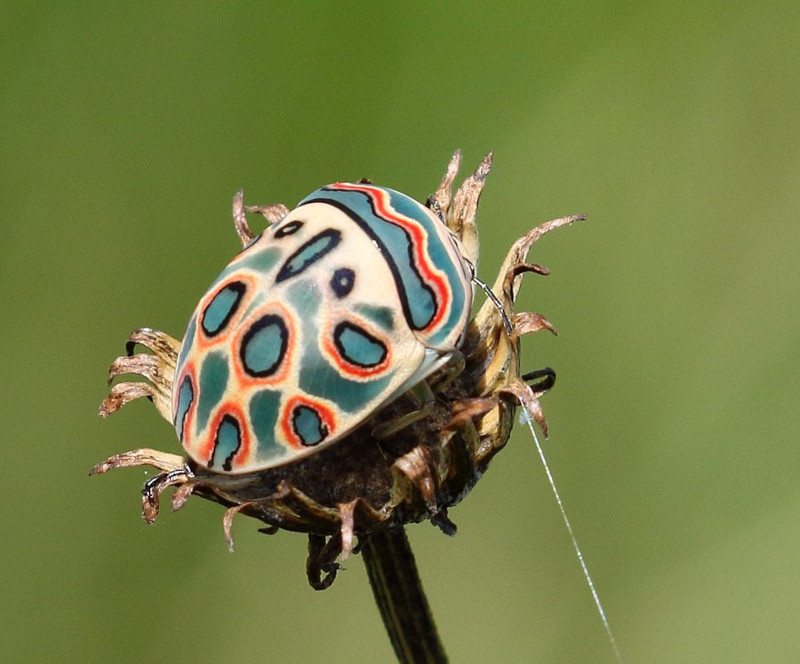 Photographer: Alandmanson
Photographer: Alandmanson
 Photographer: Alandmanson
Photographer: AlandmansonPicasso Bug Physical Description Although the truly gorgeous Picasso Bug attains a roughly average size for an arthropod of its kind, it nonetheless remains a physically small insect. However, its numerous other attributes more than make up for any perceived lack of physical size. In this manner, the magnificent work of Nature aptly demonstrates the principal that size remains completely irrelevant to beauty. In addition, this marvelous insect also sets itself apart from the vast majority of related creatures for another reason. That holds true due to the fact that, unlike a great many insects, the species does not display any degree of sexual dimorphism. This insect with the dazzling pattern also differs from beetles by its extended thorax. This forms a shield over its abdomen and wings. The stunning Picasso Bug also possesses a distinctive appearance. Each specimen typically attains a generally oval shape. Furthermore, individuals only average about 0.25 in (6.3 mm) in body length. Thus, despite its artistic appearance, few people ever see it. Further enhancing its wondrous appearance, the background color typically remains green. Nonetheless, variations of this pattern exist. However, while the exact placement and dimensions of the spots vary, the insect always displays eleven of them.
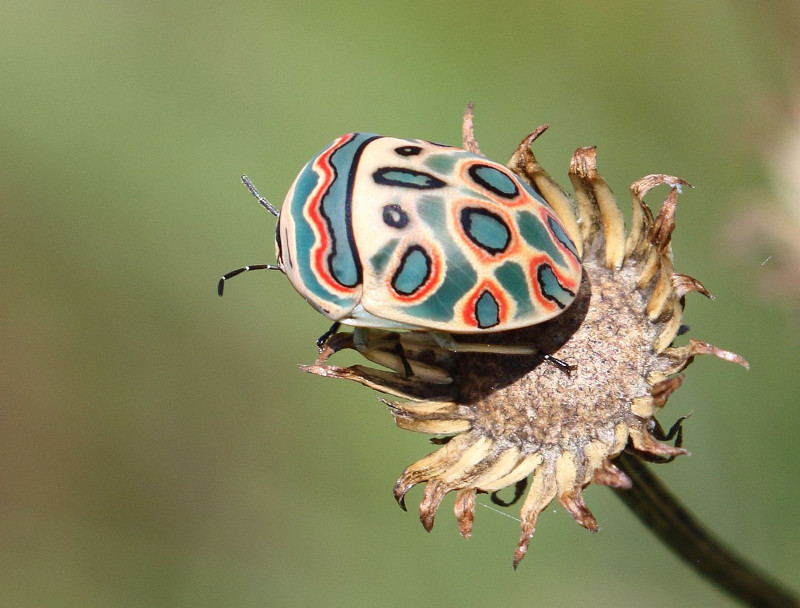 Photographer: Alandmanson
Photographer: AlandmansonPicasso Bug Distribution, Habitat, and Ecology The truly lovely Picasso Bug evolved as native to a moderately large portion of the world. To be more precise, the stunning invertebrate mainly appears in parts of the continent of Africa. Further, this includes parts of South Africa, Ethiopia, and Cameroon. Yet, these constitute only a few of the countries in which it can be found. This petite, yet mesmerizing, insect also lives in an environment that might surprise many people. It typically inhabits dry, arid regions, such as those found in the sub-Saharan portions of its range. In addition, and quite astonishingly to many, it also remains close relatives of the stink bug. As a result, it therefore remains capable of emitting a noxious odor if disturbed. However, this has no known harmful effects, beyond a temporary inconvenience. This invertebrate also feeds entirely as a herbivore, much like its many related species. In its particular case, though, the beautifully colored insect feeds primarily upon the juices of a variety of plants. Quite unfortunately, these include some commercial crops. Although not as brightly hued as some related species, the Picasso Bug nevertheless still stands out. That holds true due to the very characteristic for which it earns it’s best known. In fact, it remains famous for the elaborate nature of its distinctive markings. Those have led people to make various allusions and comments. These often state that the bugs appear to have been painted by the great artist Picasso, himself. Quite understandably, and wholly deservedly, this serves as the source of its common name.
Recommended Videos
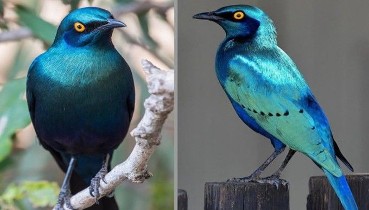 ~ Greater Blue-eared Starling (Lamprotornis chalybaeus)6549 views
~ Greater Blue-eared Starling (Lamprotornis chalybaeus)6549 views 100 Photos Of Liminal Spaces That Make Us Feel Deeply Uneasy4406 views
100 Photos Of Liminal Spaces That Make Us Feel Deeply Uneasy4406 views-
Advertisements
 It Took An Entire Day Searching For A Single Formation, But I Finally Found The Alien Throne In New Mexico’s Badlands91 views
It Took An Entire Day Searching For A Single Formation, But I Finally Found The Alien Throne In New Mexico’s Badlands91 views The Dazzling Brilliance of the Greater Blue-eared Starling: Unveiling Nature’s Living Jewel133 views
The Dazzling Brilliance of the Greater Blue-eared Starling: Unveiling Nature’s Living Jewel133 views Discovered A Several-Hundred-Year-Old Abandoned Farmhouse In France859 views
Discovered A Several-Hundred-Year-Old Abandoned Farmhouse In France859 views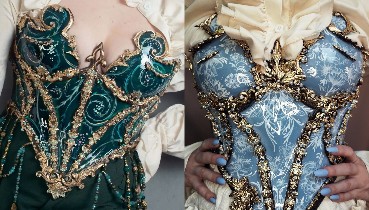 10 Amazing Porcelain Corsets Created By This Celebrity Fashion Designer1088 views
10 Amazing Porcelain Corsets Created By This Celebrity Fashion Designer1088 views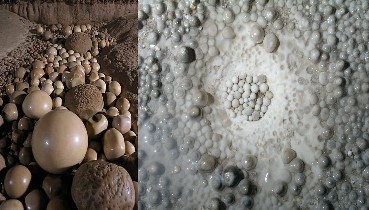 Cave pearls in Carlsbad Cavern, New Mexico1277 views
Cave pearls in Carlsbad Cavern, New Mexico1277 views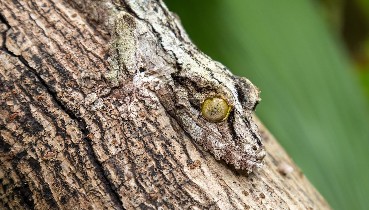 The Leaf-Tailed Gecko - Expert in the art of camouflage.166 views
The Leaf-Tailed Gecko - Expert in the art of camouflage.166 views
Advertisements

